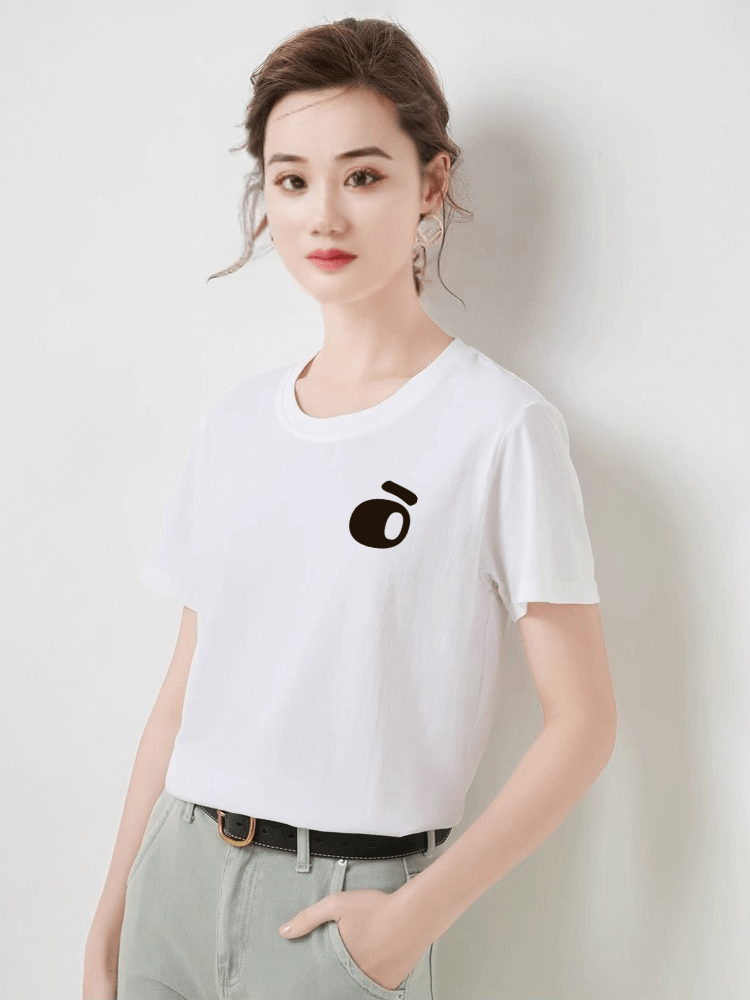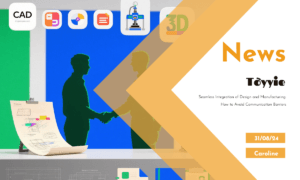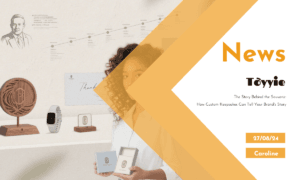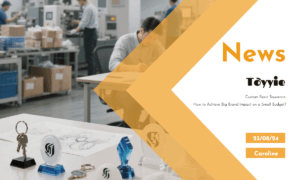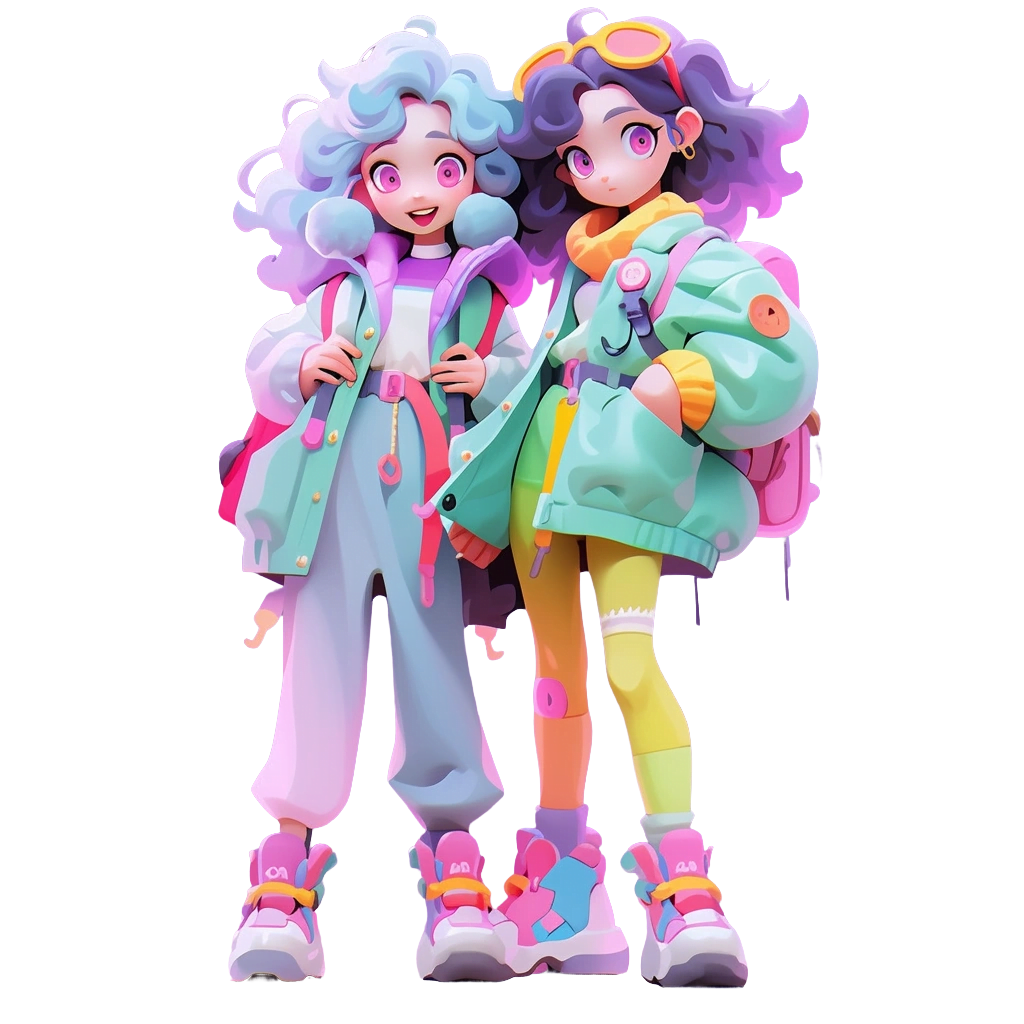📌 Introduction📌
As a toy manufacturer specializing in creating customized collectible toys, I’ve had the privilege of working with incredibly talented designers. Their creativity, attention to detail, and ability to imagine unique products are truly inspiring. However, there is one recurring challenge that many designers face: not fully understanding the manufacturing processes involved in bringing their ideas to life.
It’s not uncommon for designers to focus so much on the aesthetics and concept of their creation that they overlook the practical considerations of production. Whether it’s the materials, mold limitations, assembly process, or even the choice of finishes, these factors play a critical role in determining whether or not a design can be produced efficiently, within budget, and at scale.
This isn’t a problem unique to any one industry—it’s especially common in the toy industry, where creativity often pushes the boundaries of what’s possible. My goal here is to offer some insights into how an understanding of manufacturing processes can not only improve your designs but also help ensure that they are more likely to be produced successfully.
1. Bridging the Gap Between Design and Manufacturing 🌉
The gap between design and manufacturing can sometimes feel like a vast chasm. Designers want their vision to be realized perfectly, and manufacturers need to balance creativity with practical limitations. As a manufacturer, we value creativity above all else, but we also understand that without certain considerations, some designs will remain just that—ideas on paper.
It’s essential to bring together both worlds—design and manufacturing—early in the process. One of the key lessons we’ve learned is that better communication and a basic understanding of manufacturing principles can ensure your ideas don’t get lost in translation when it comes time to make them.
Let me walk you through some common challenges and how, with the right approach, they can be avoided.
2. Understanding the Role of Materials 🧱
Designers often have a vision of their toy made from specific materials—whether it’s plastic, metal, rubber, or something more unconventional. But not all materials behave the same way in the production process, and that can have a significant impact on your design’s feasibility.
For instance, certain plastics might be great for durability, but they may not handle fine details well. Or a material that looks amazing in theory could be too brittle for the production process, leading to high defect rates and added costs. Knowing which materials are compatible with your design’s needs—both in terms of aesthetics and functionality—can help you refine your ideas before they go into production.
Our job as a manufacturer is to help guide you through this. When you come to us with a design, one of the first things we’ll do is suggest materials that align with your vision while also being practical for production. Designers who understand the basic properties of these materials have an advantage because they can start their projects with realistic expectations.
3. The Importance of Mold Design 🔧
Toy production relies heavily on molds, and understanding the limitations of mold design is critical. Many times, the most creative aspects of a design—such as intricate details or unconventional shapes—end up being the hardest to replicate in a mold. Molds are expensive to create, and the more complex they are, the higher the production costs.
One common issue we encounter is when designers submit a design that requires undercuts or negative spaces that are difficult, if not impossible, to achieve with a standard injection molding process. These details might work in a one-off 3D print but are extremely challenging to mass-produce.
The solution here is collaboration. Early on, we’ll review your designs and point out any areas where a mold might present problems. We might suggest small tweaks to the design—changing an angle here or simplifying a shape there—that can preserve the integrity of your concept while making it much easier to produce.
4. Scaling Your Design for Mass Production 📈
Designers often start with prototypes or small batch runs, where cost and complexity aren’t as much of a concern. However, when you transition to mass production, small design details can quickly become big cost drivers. For example, a design with many intricate components might require additional assembly time or special packaging, which can dramatically increase production costs.
Knowing the basic economics of scaling up your design can help you plan for these challenges. If your toy consists of many small, separate pieces, it might require more manual assembly, which increases labor costs. If your toy has multiple color variations, that means more complicated tooling and longer production times.
A manufacturer can help by advising you on how to streamline the production process without sacrificing too much of your creative vision. In some cases, that might mean reducing the number of parts or finding ways to combine pieces in the mold. Other times, it might mean adjusting the design so that it requires less manual labor in assembly. Ultimately, the goal is to make sure your design remains cost-effective while maintaining the quality and uniqueness that makes it special.
5. Finish and Color: Keeping It Realistic 🎨
Another common area where designs struggle is in the application of colors and finishes. Designers often have a specific vision for how their toy should look—whether it’s a glossy finish, matte texture, or a unique blend of colors. But different materials accept finishes differently, and some finishes might not be feasible for mass production.
For example, achieving a perfectly even, high-gloss finish on a textured surface can be tricky. Similarly, some intricate color schemes require multiple painting steps, which increases both time and cost. In cases like these, it’s important to balance your creative goals with what’s feasible.
We often suggest alternative methods to achieve the same visual effect in a more practical way. For example, instead of complex multi-step painting processes, you might be able to achieve similar results with colored plastics or simpler, more efficient finishing techniques.
6. Testing and Prototyping 🧪
One of the most valuable steps in making your design feasible for production is testing and prototyping. It’s one thing to have a design on paper (or in 3D modeling software), but it’s another thing entirely to see it in real life. A prototype gives both you and your manufacturer the chance to spot potential problems before production begins.
Testing doesn’t just apply to how the toy looks—it also applies to how it functions. For example, if you’re designing an action figure, testing might reveal that certain joints are too weak, or that a particular articulation doesn’t work as expected. Prototyping also allows you to test the durability of the materials and finishes.
We always encourage designers to go through this process because it can save both time and money in the long run. It’s much easier to make small adjustments at the prototyping stage than it is once the molds are made and production has started.
7. Communication Is Key 💬
The most successful projects are those where there’s a strong partnership between the designer and manufacturer. Communication is the foundation of this partnership. If you’re unsure about something in your design or need advice on how to make it more feasible, don’t hesitate to ask.
Our goal is to help you bring your vision to life, but we can only do that if we’re working closely together. That means having open, honest conversations about what’s possible, where compromises might need to be made, and how we can work together to find the best solutions.
8. Learning the Basics of Manufacturing 📚
One of the most effective ways to make sure your designs are feasible is to learn the basics of manufacturing. While you don’t need to become an expert, having a general understanding of the processes involved can help you avoid common pitfalls and make more informed decisions.
For example, understanding how injection molding works can help you design toys that are easier (and cheaper) to produce. Knowing the properties of different plastics can guide you in choosing the right material for your project. And having a basic grasp of assembly processes can help you design toys that are more efficient to put together.
If you’re new to manufacturing, ask your manufacturer for resources or guidance. Many of us are happy to provide information or walk you through the process, especially if it helps ensure a smoother production run.
Conclusion: Making Creativity Feasible 🌟
Designing toys is a creative and exciting process, but it also comes with its challenges. One of the most important lessons I’ve learned over the years is that creativity doesn’t have to be sacrificed in the name of practicality—if you understand the manufacturing process. By learning the basics, collaborating closely with your manufacturer, and staying open to feedback, you can ensure that your designs are not only unique and innovative but also feasible to produce.
At the end of the day, our goal as a manufacturer is to help you realize your creative vision. We believe that the best designs come from a place of both creativity and practicality. So let’s work together to make sure that your next toy not only stands out in terms of design but also becomes a tangible, successful product.
If you have any questions about how to make your designs more feasible or want to learn more about the manufacturing process, don’t hesitate to reach out. We’re here to help you turn your ideas into reality—one creative, feasible step at a time.


